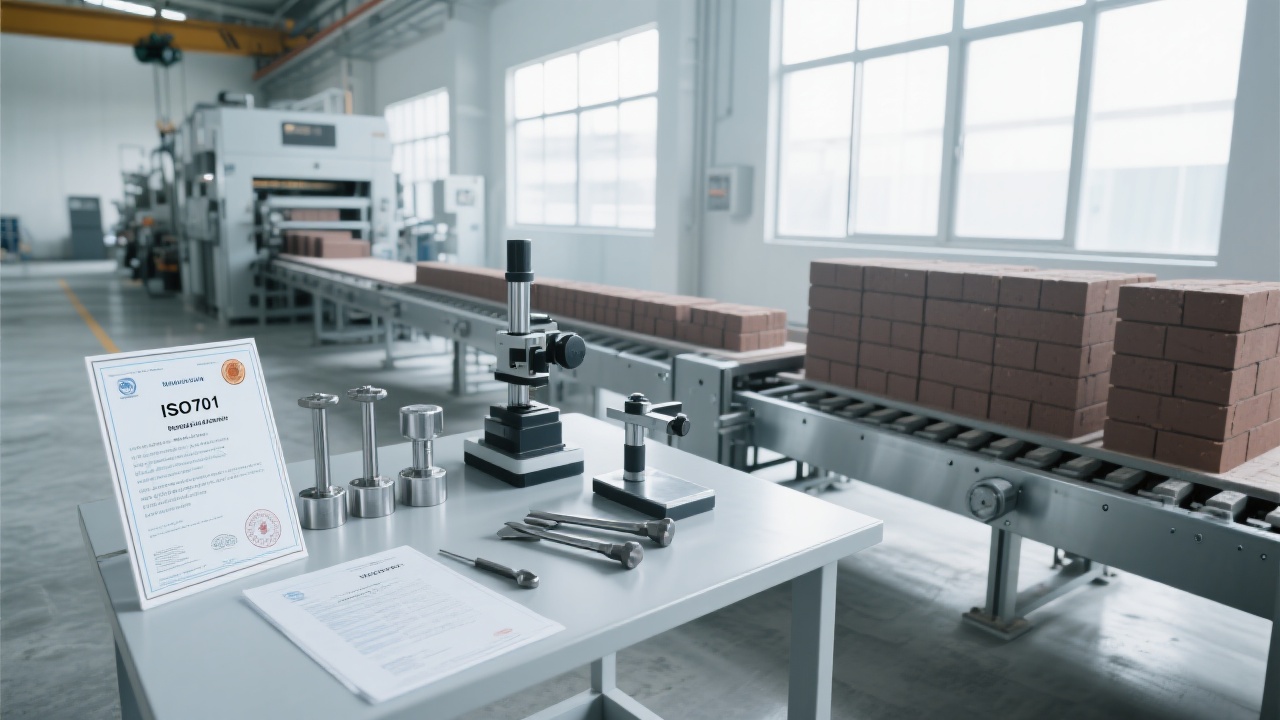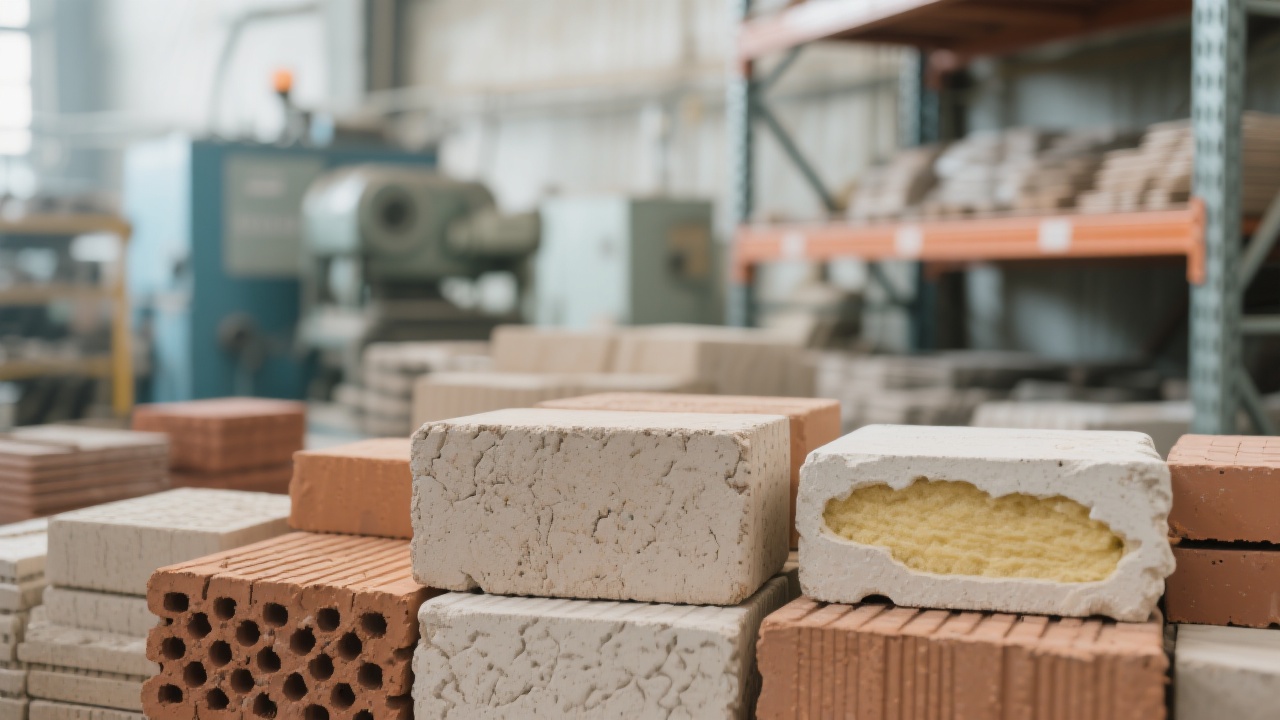
In the aluminum industry, energy efficiency is no longer optional—it's a survival metric. Many electrolysis cell operators report excessive heat loss (up to 30% of total thermal input), rising electricity costs, and accelerated refractory wear. This isn't just about saving money—it’s about extending equipment life, improving process stability, and meeting global sustainability targets.
Standard ceramic fiber blankets or lightweight insulating bricks often fail under continuous high temperatures (>900°C). Their thermal conductivity remains around 0.12–0.15 W/m·K, leading to significant heat escape. Worse, they degrade quickly—often requiring replacement every 2–3 years due to structural softening and cracking.

Vermiculite boards are not just another insulator—they’re engineered for extreme conditions. After natural mining, raw vermiculite undergoes vacuum heating at 1050°C, which expels organic impurities and expands the material into a cellular structure with minimal thermal bridging. This process reduces initial thermal conductivity from ~0.18 W/m·K to as low as 0.07 W/m·K—a 61% improvement over traditional materials.
What makes this more than just a number? As the board ages in service, its microstructure stabilizes further. Unlike conventional insulators that sag or crack, vermiculite maintains compressive strength up to 1.2 MPa even after 10+ years of operation—a critical factor for long-term performance.
| Material Type | Thermal Conductivity (W/m·K) | Max Temp (°C) | Avg. Lifespan |
|---|---|---|---|
| Traditional Ceramic Fiber | 0.13–0.15 | 1000 | 2–3 years |
| Vermiculite Board | 0.07 | 1050 | 10+ years |

“After switching to vermiculite boards, our cell operating temperature dropped by 35°C on average, and monthly electricity consumption decreased by 12%. We’ve saved over $150,000 annually—and maintenance downtime has been cut by nearly 60%.” — Zhang Wei, Head of Process Engineering, Shandong Aluminum Co.
This isn’t just theory—it’s real-world impact. By reducing heat loss, you're not only cutting your energy bill but also minimizing thermal stress on steel shells and electrodes. That means fewer weld failures, less downtime, and a safer work environment.
Let every watt count. Not just save electricity—but eliminate unnecessary risks.
Ready to optimize your aluminum production?
Get Your Free Energy Audit & Product Comparison Guide
